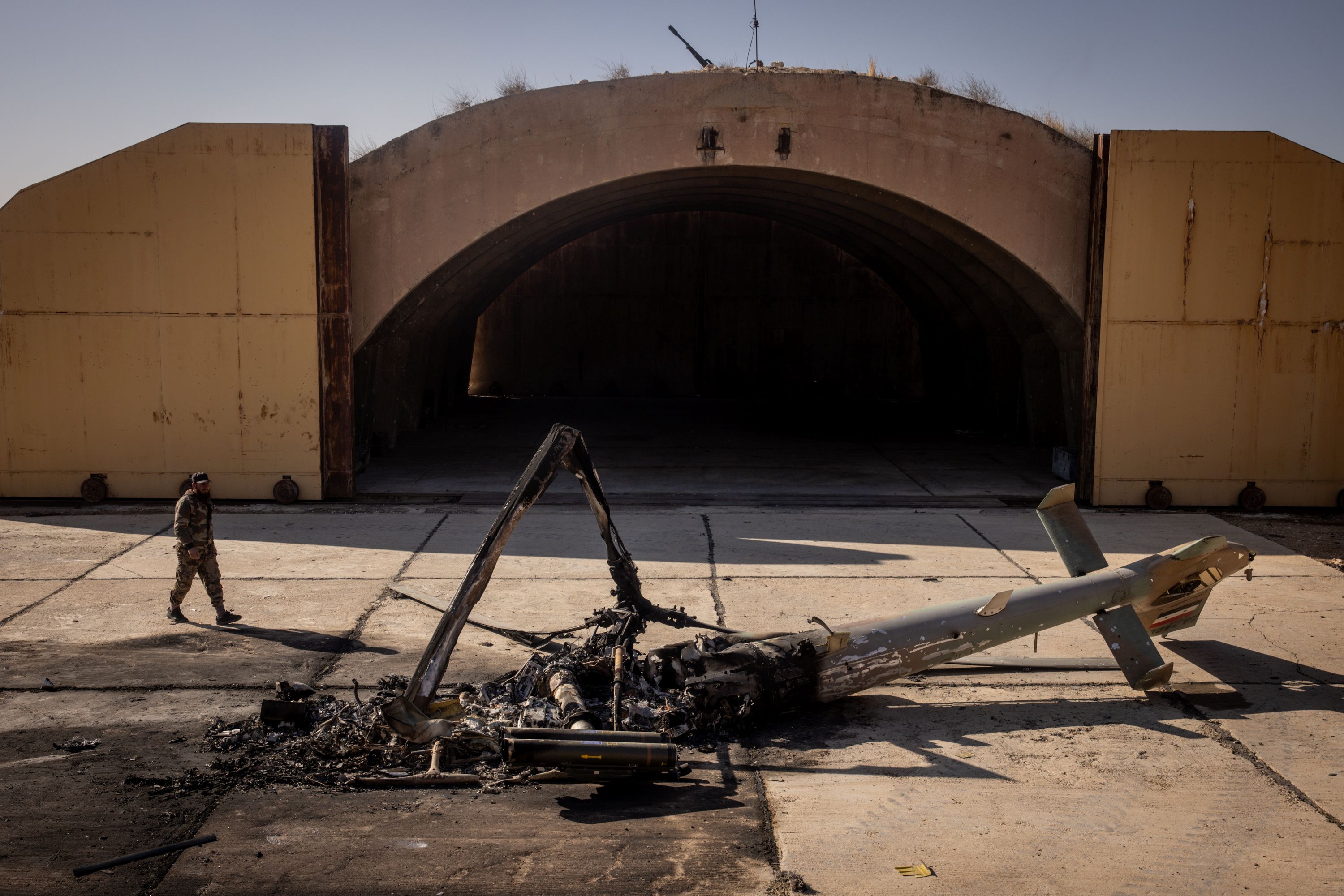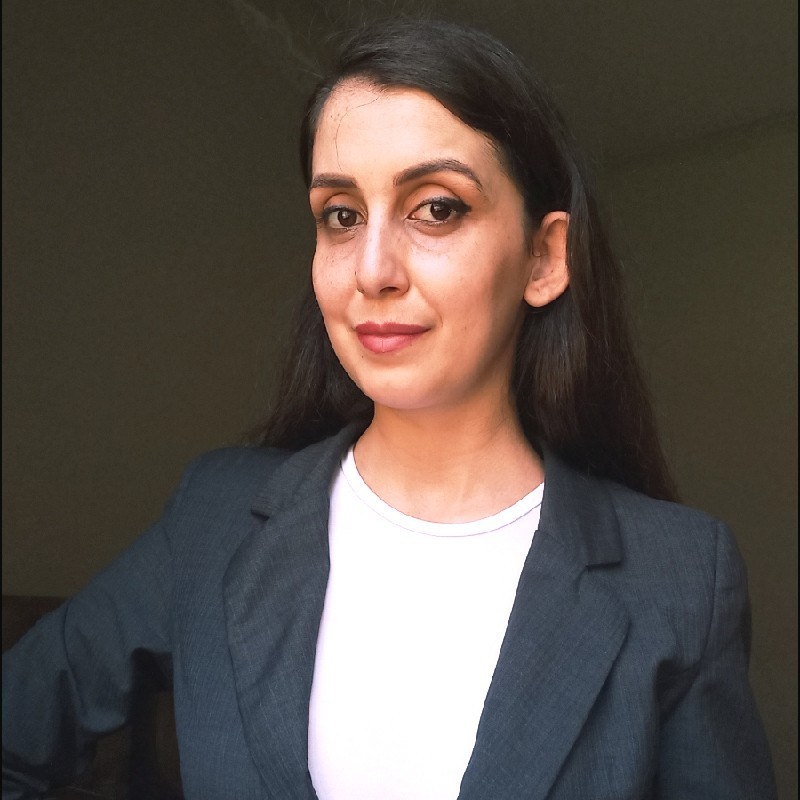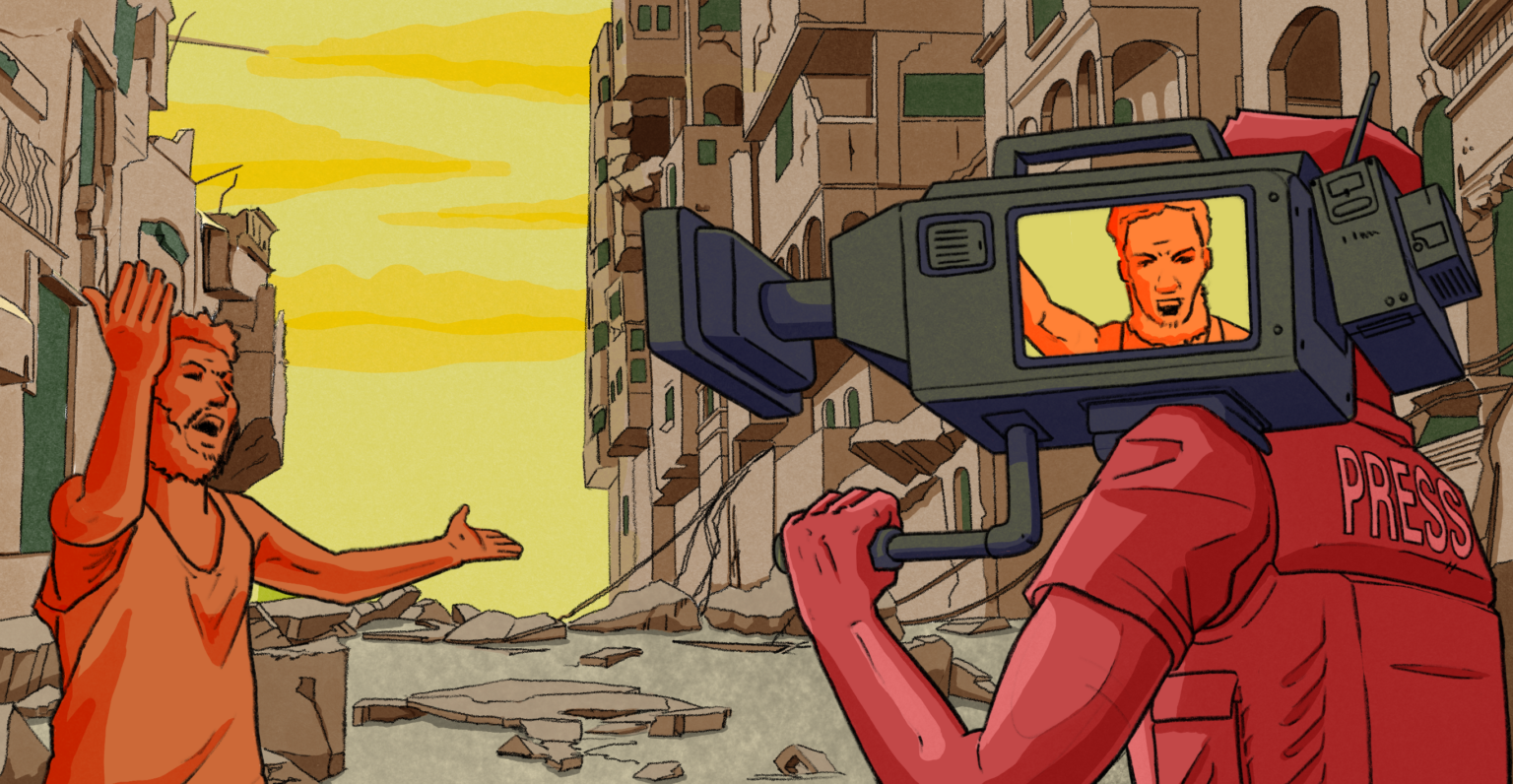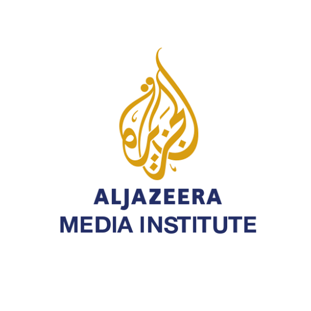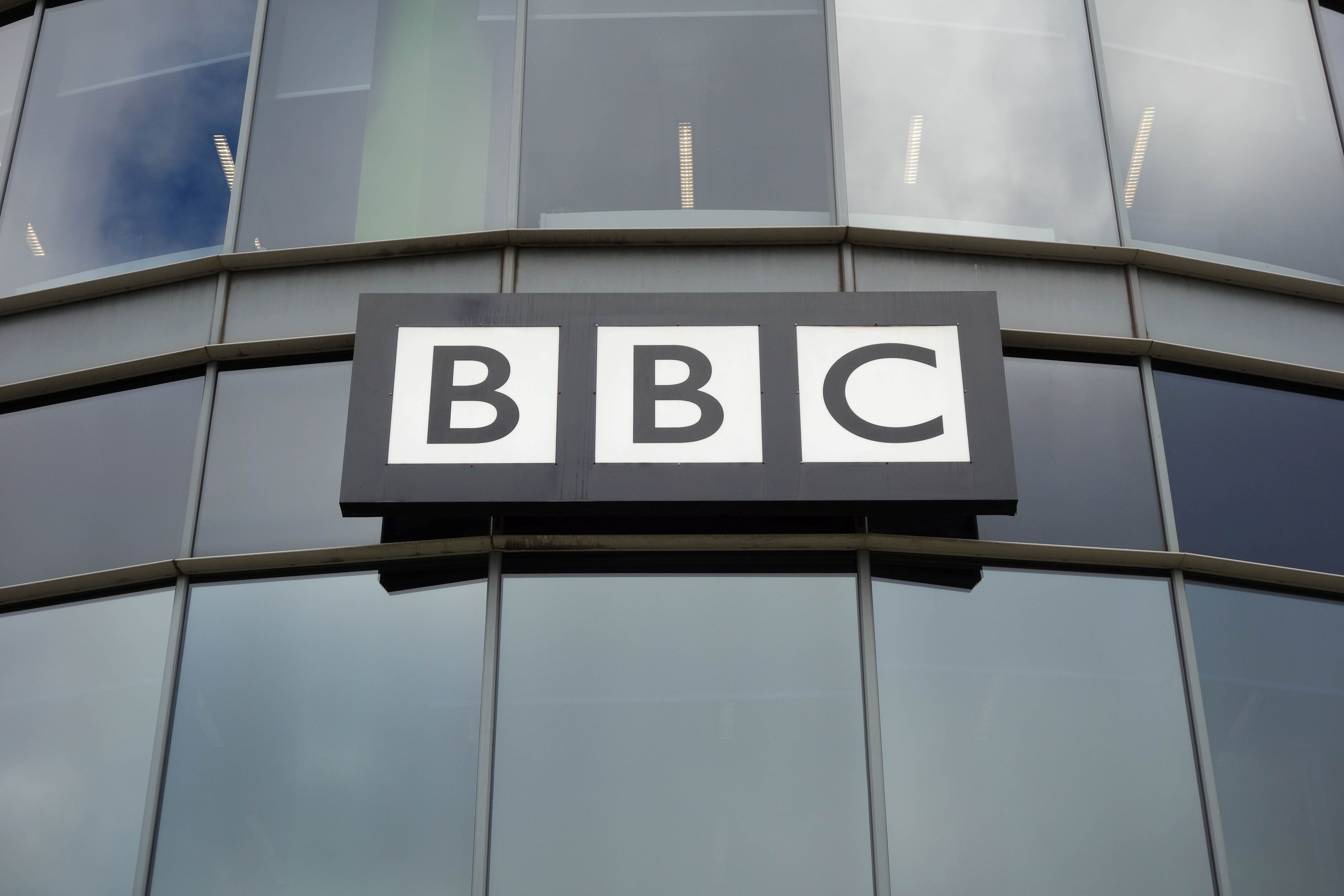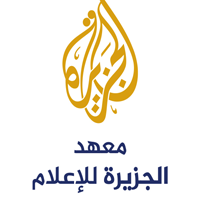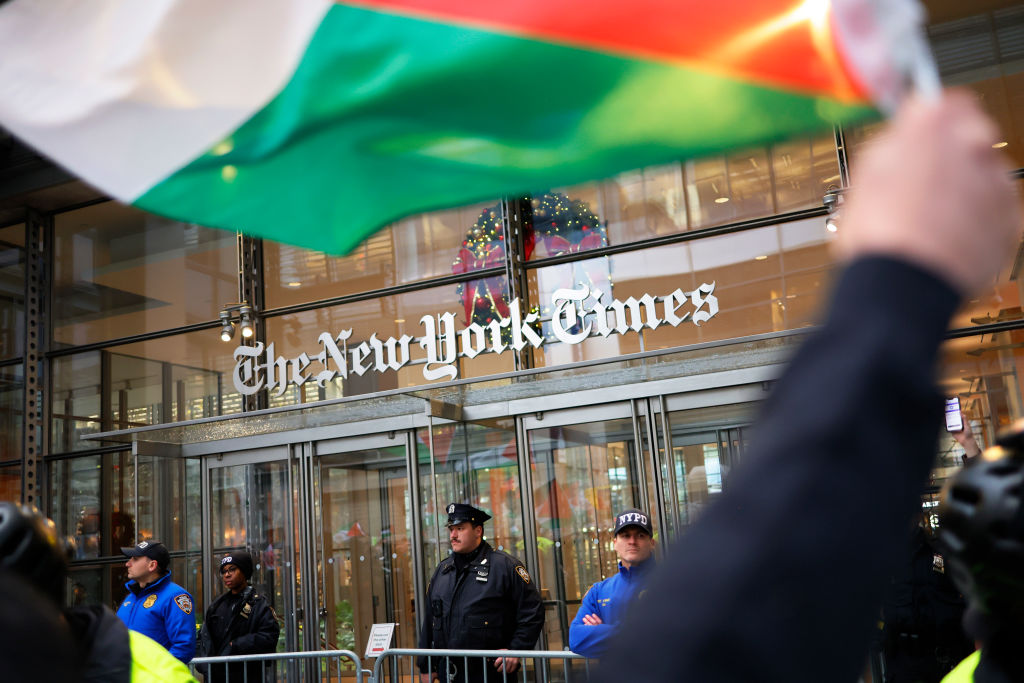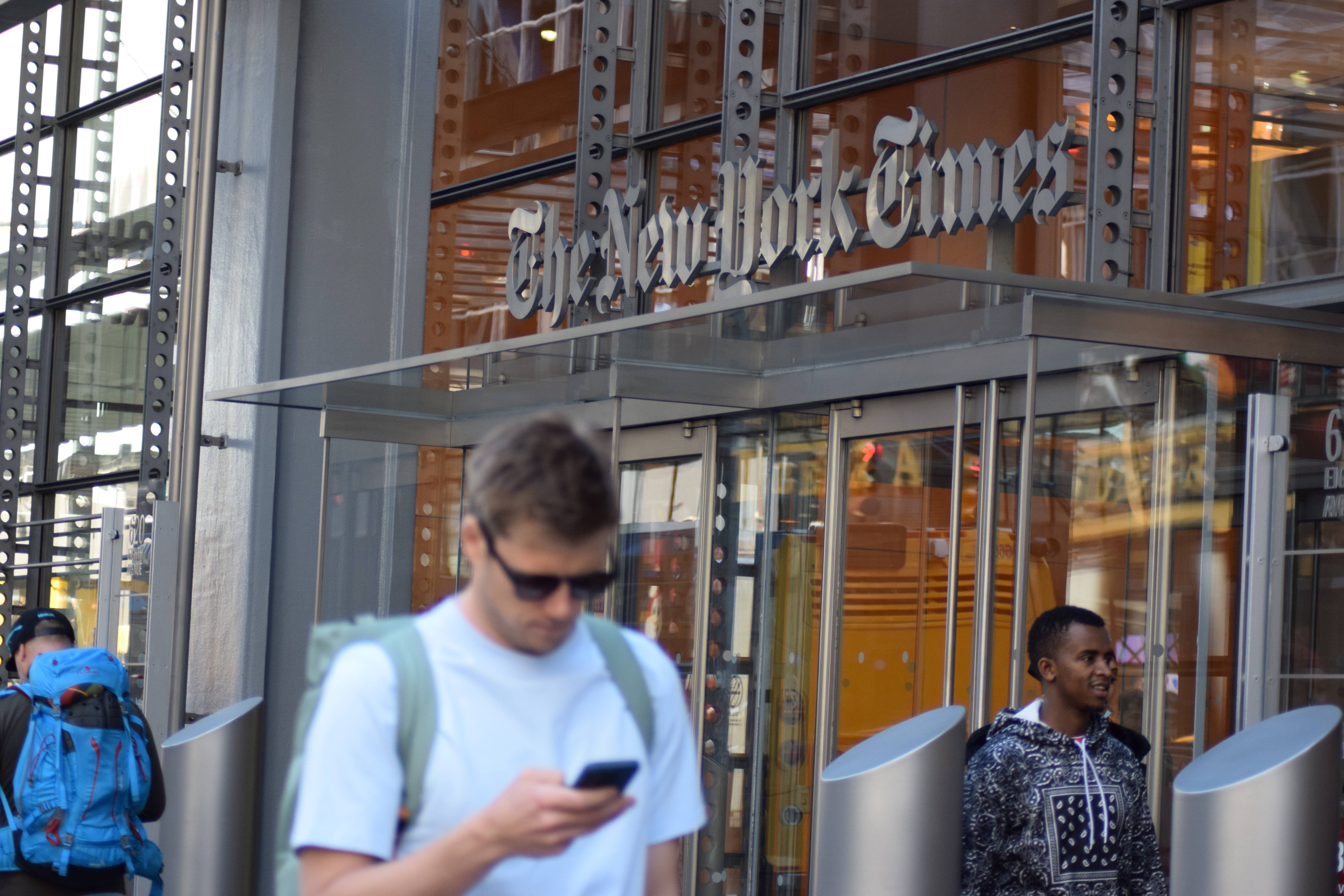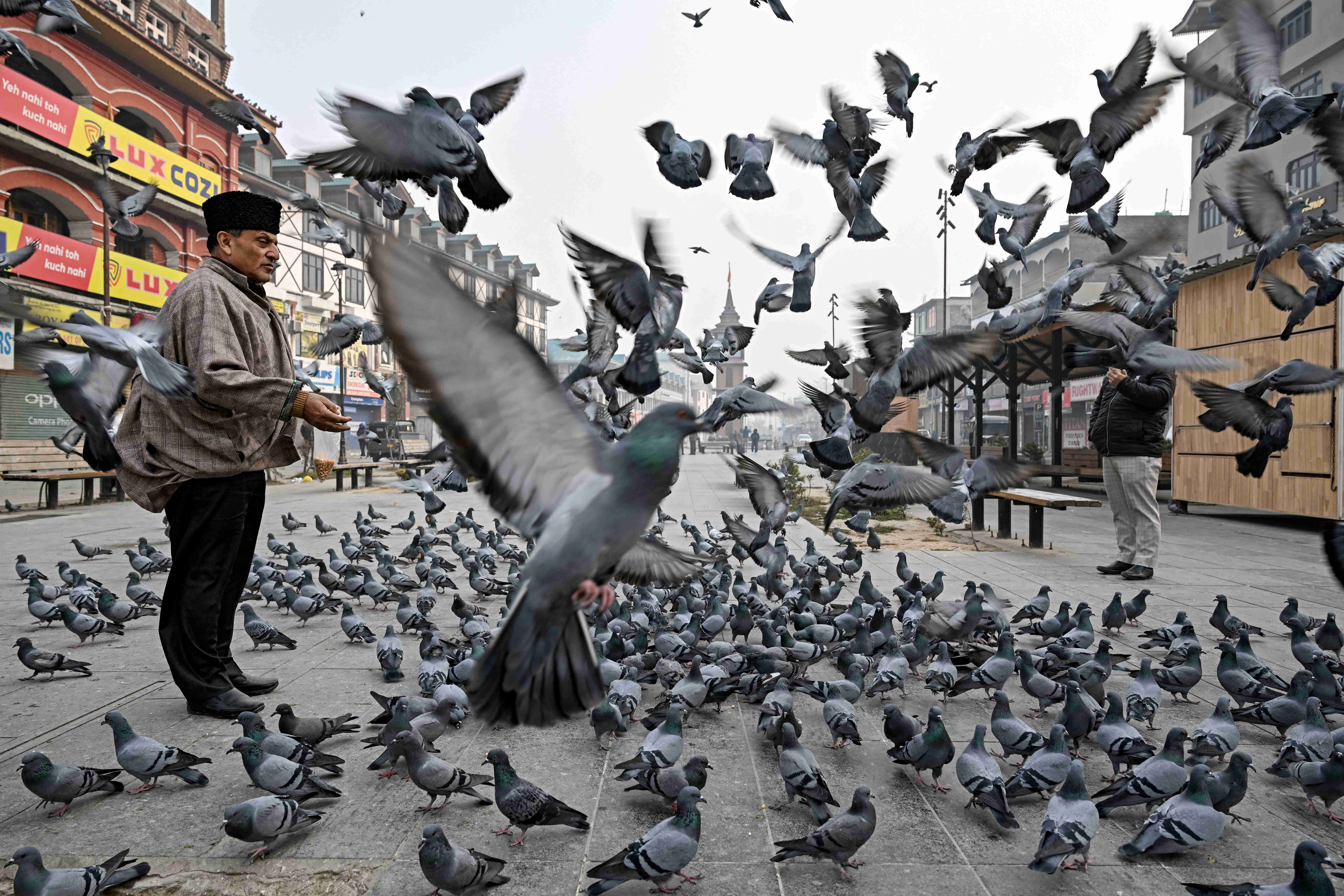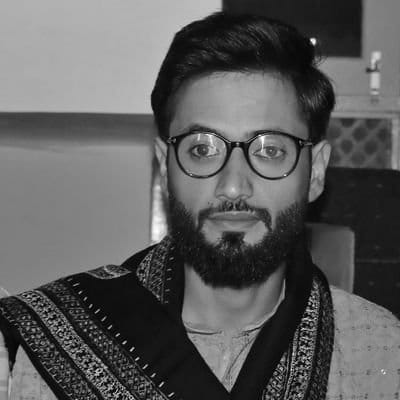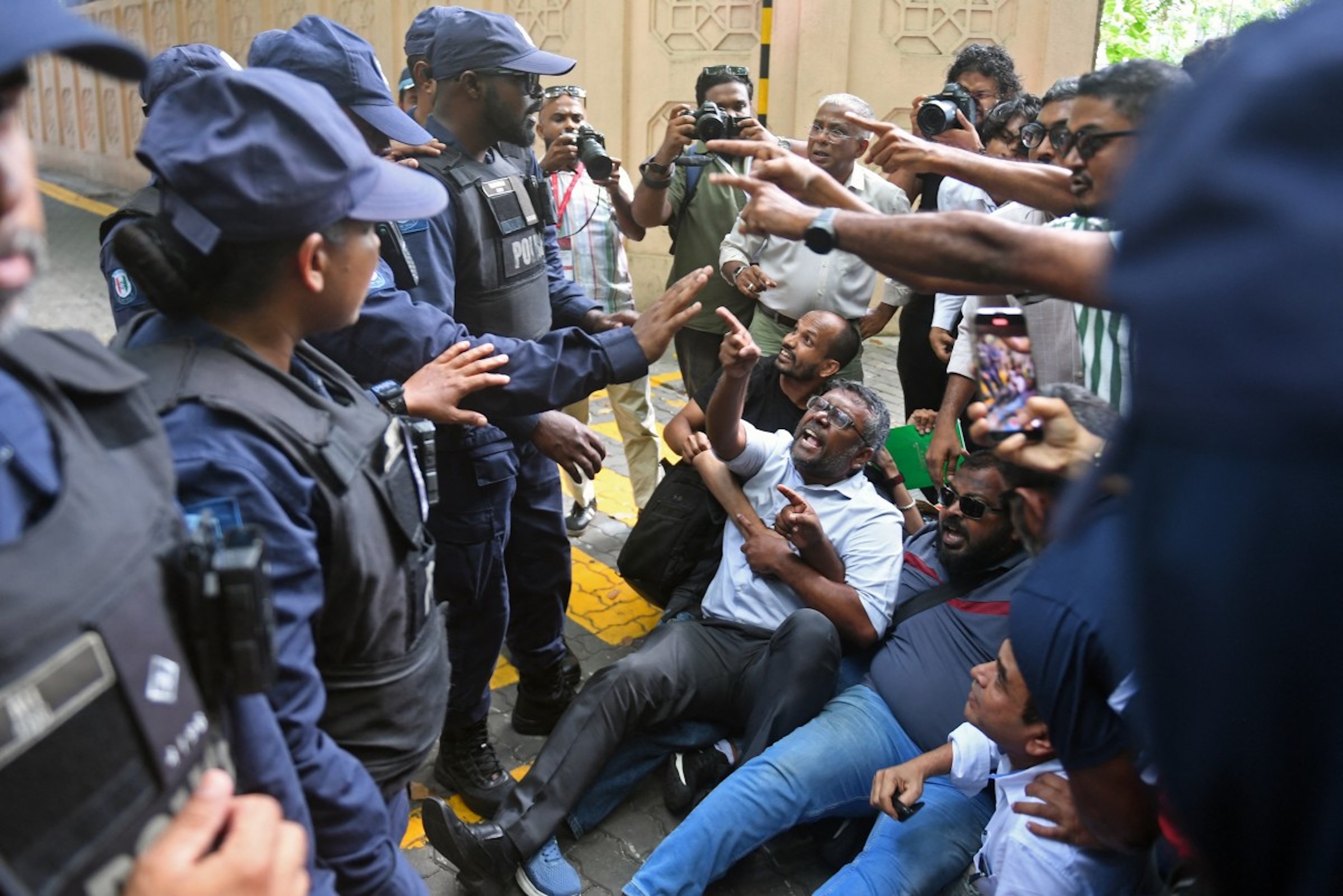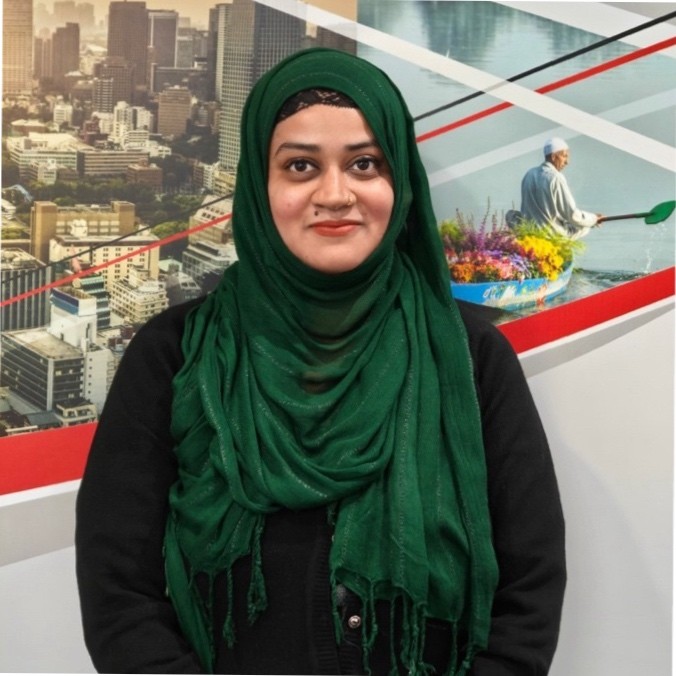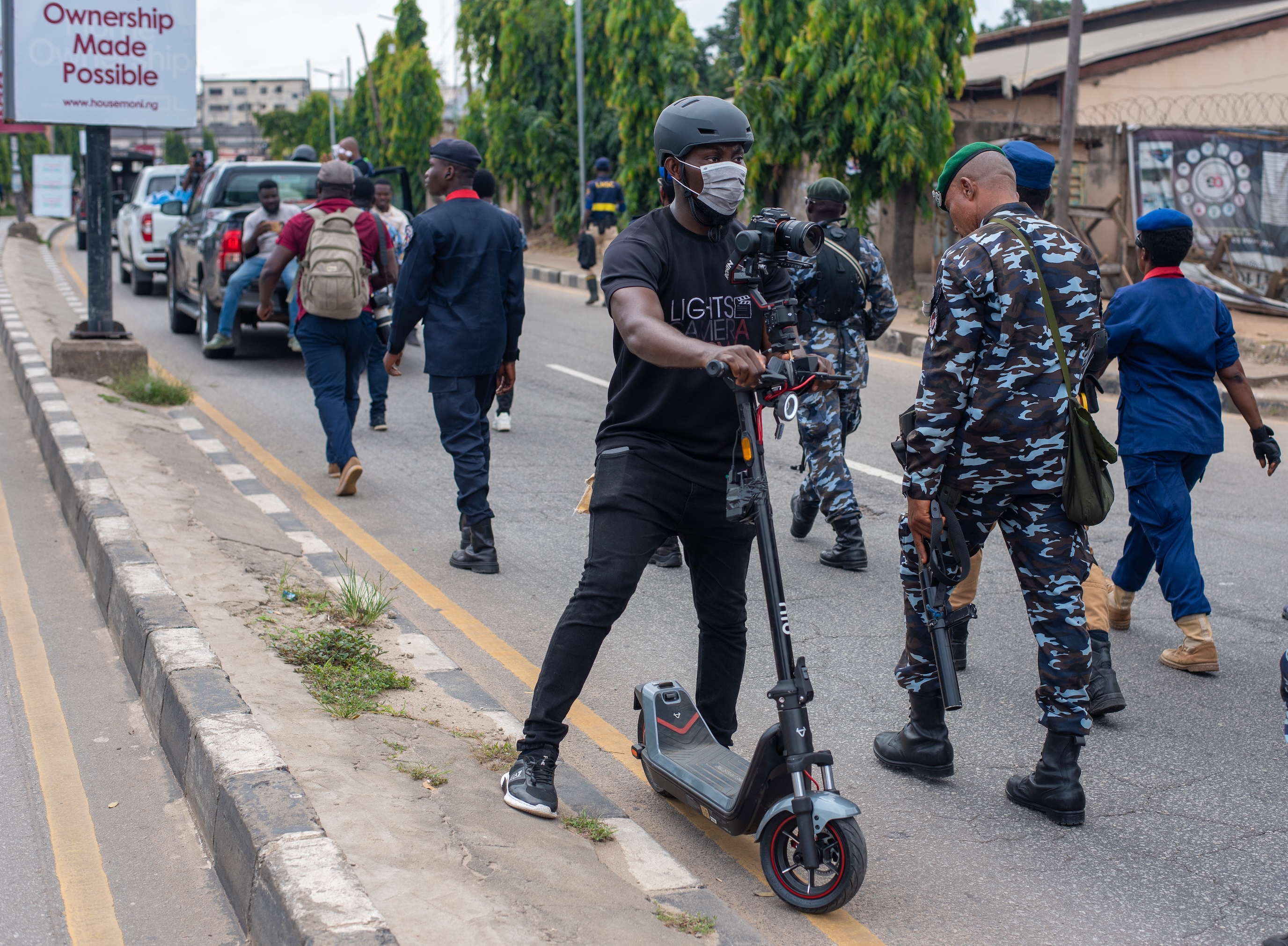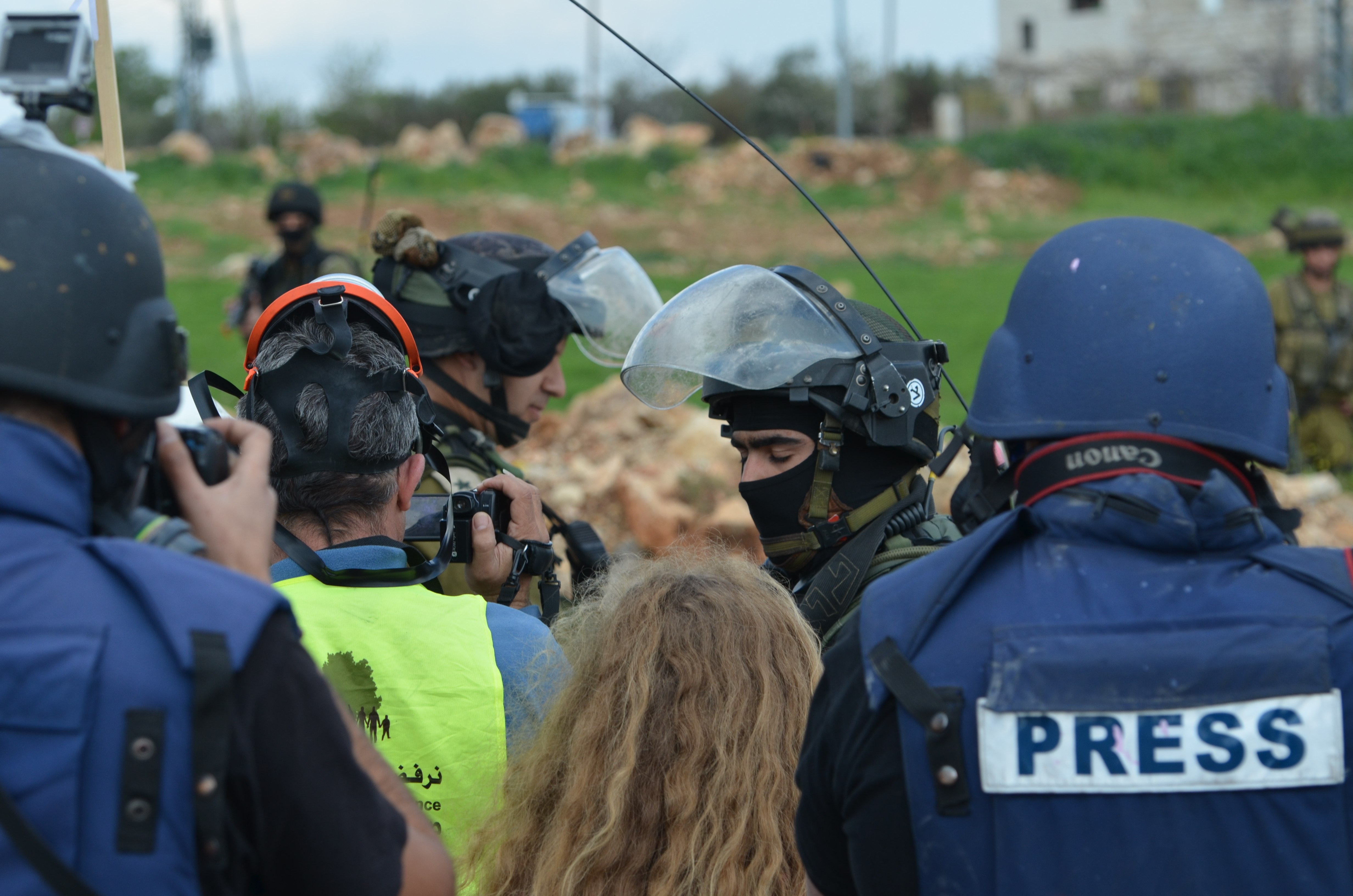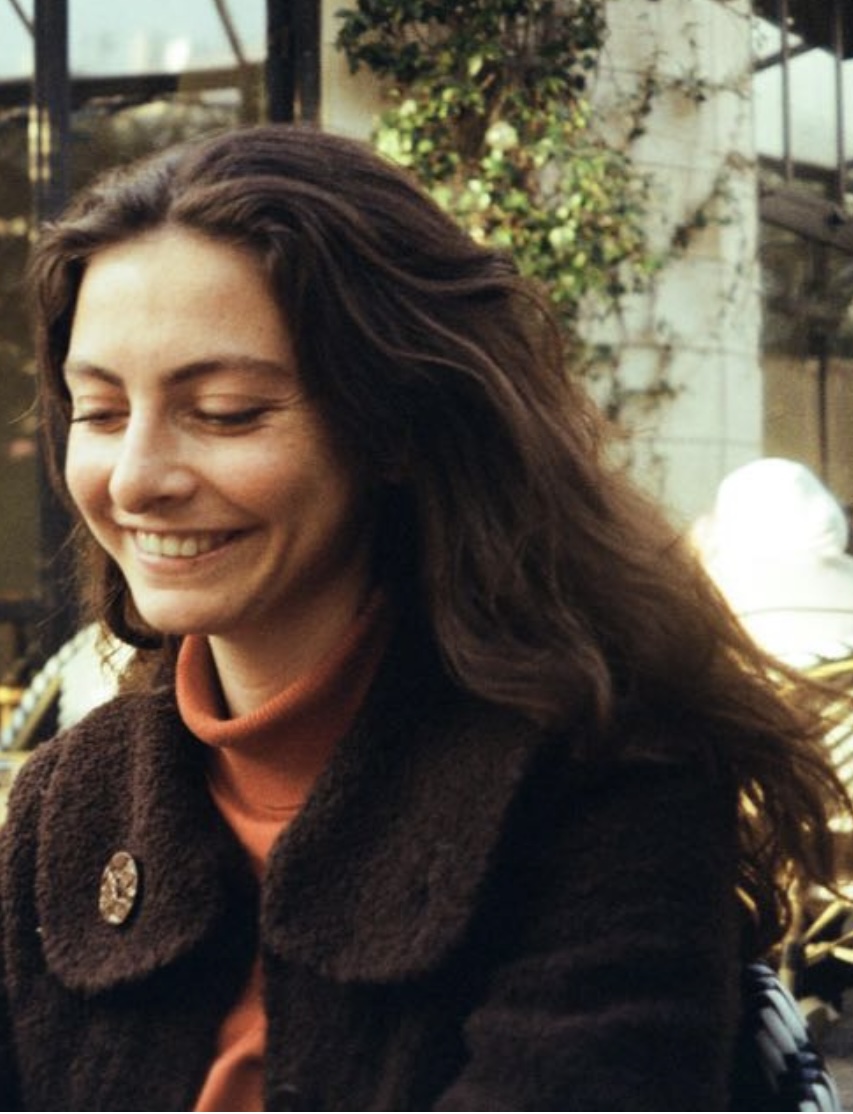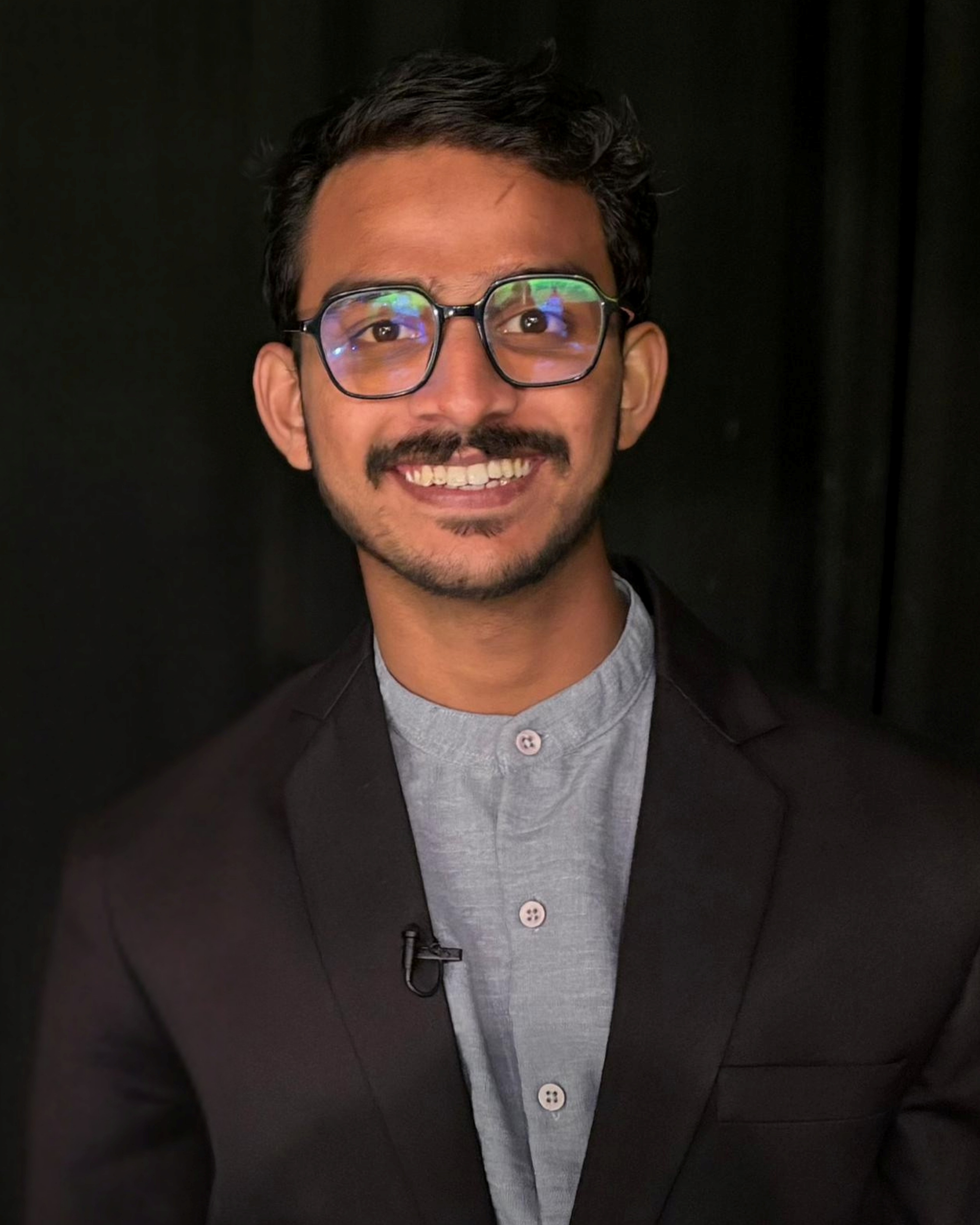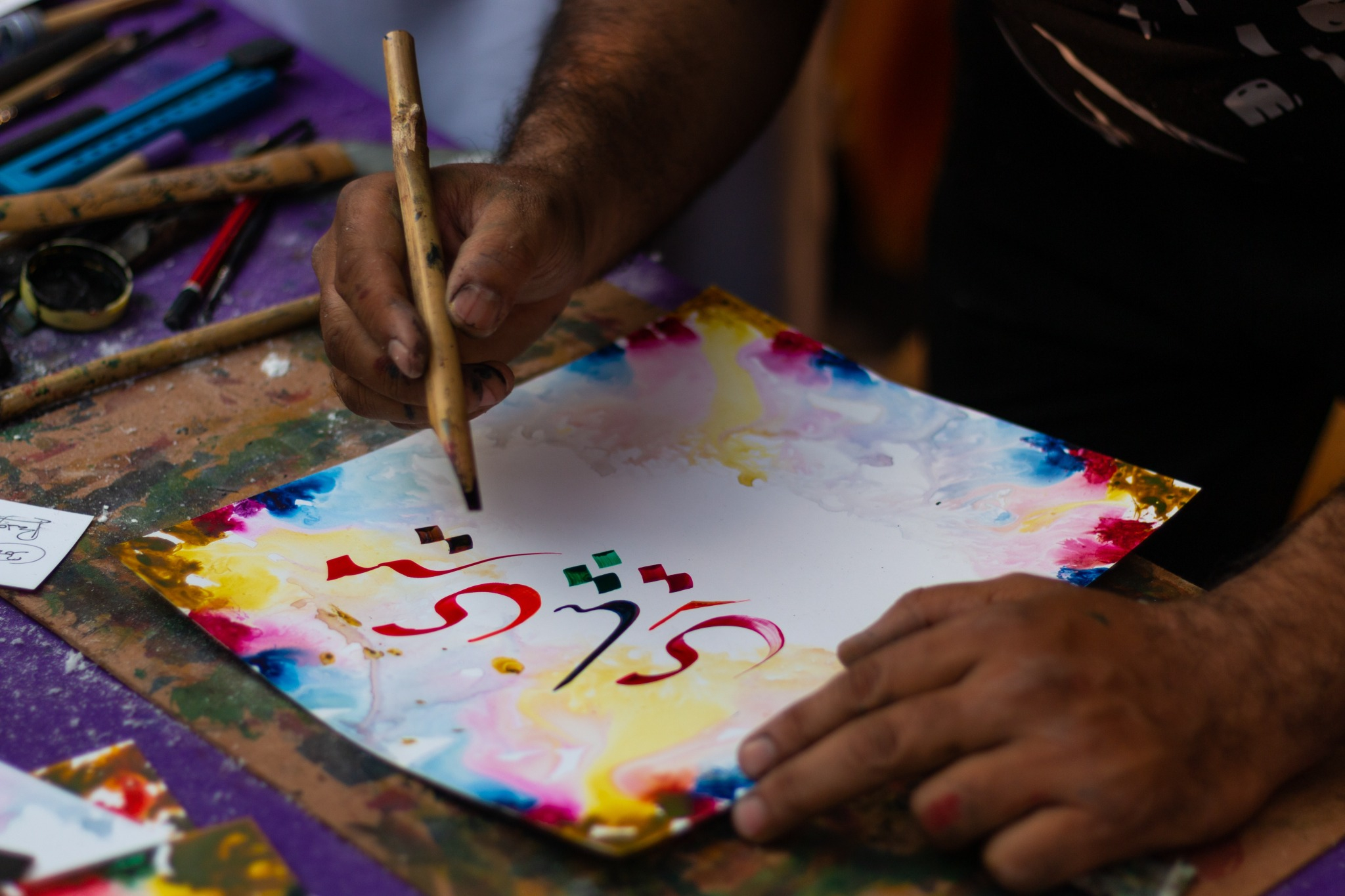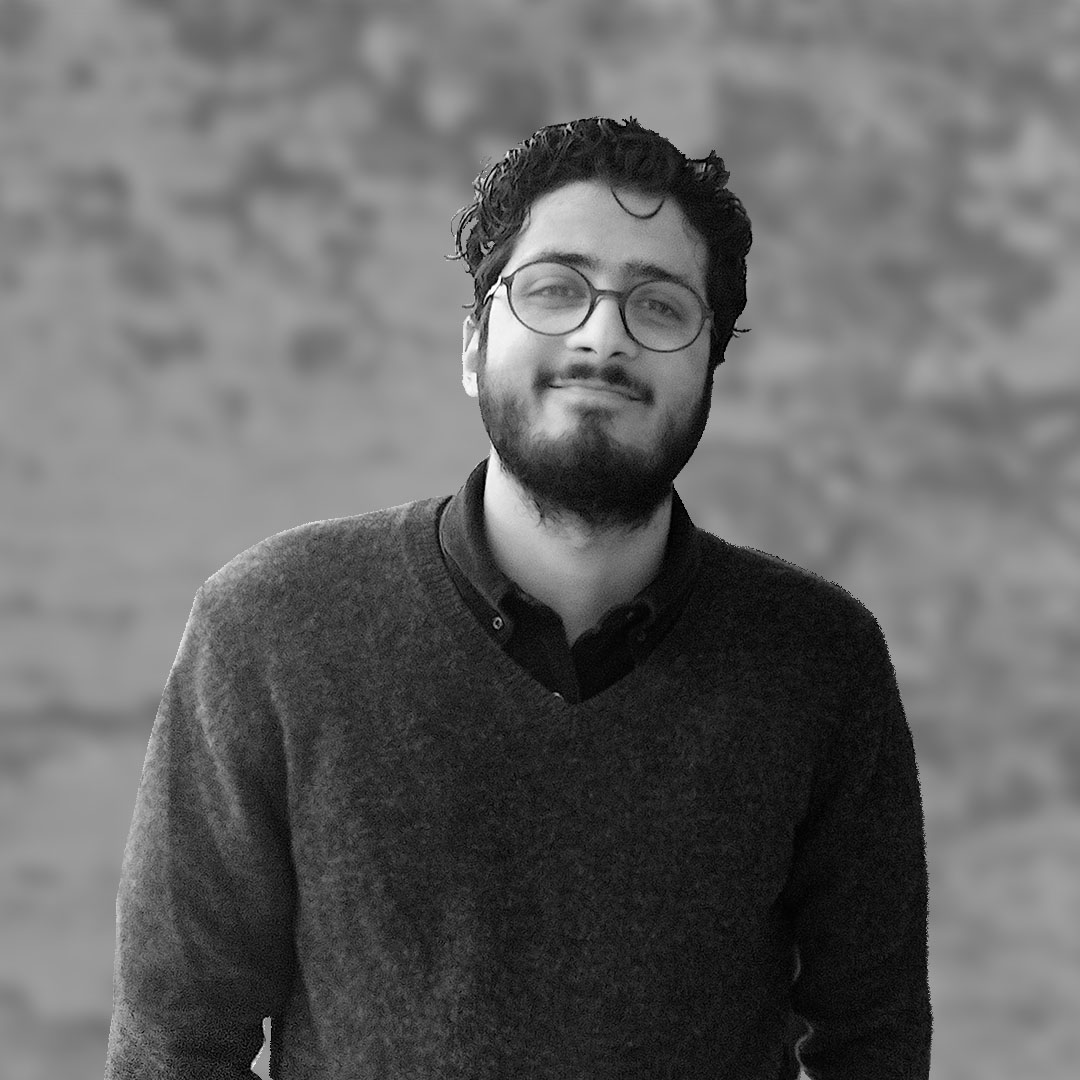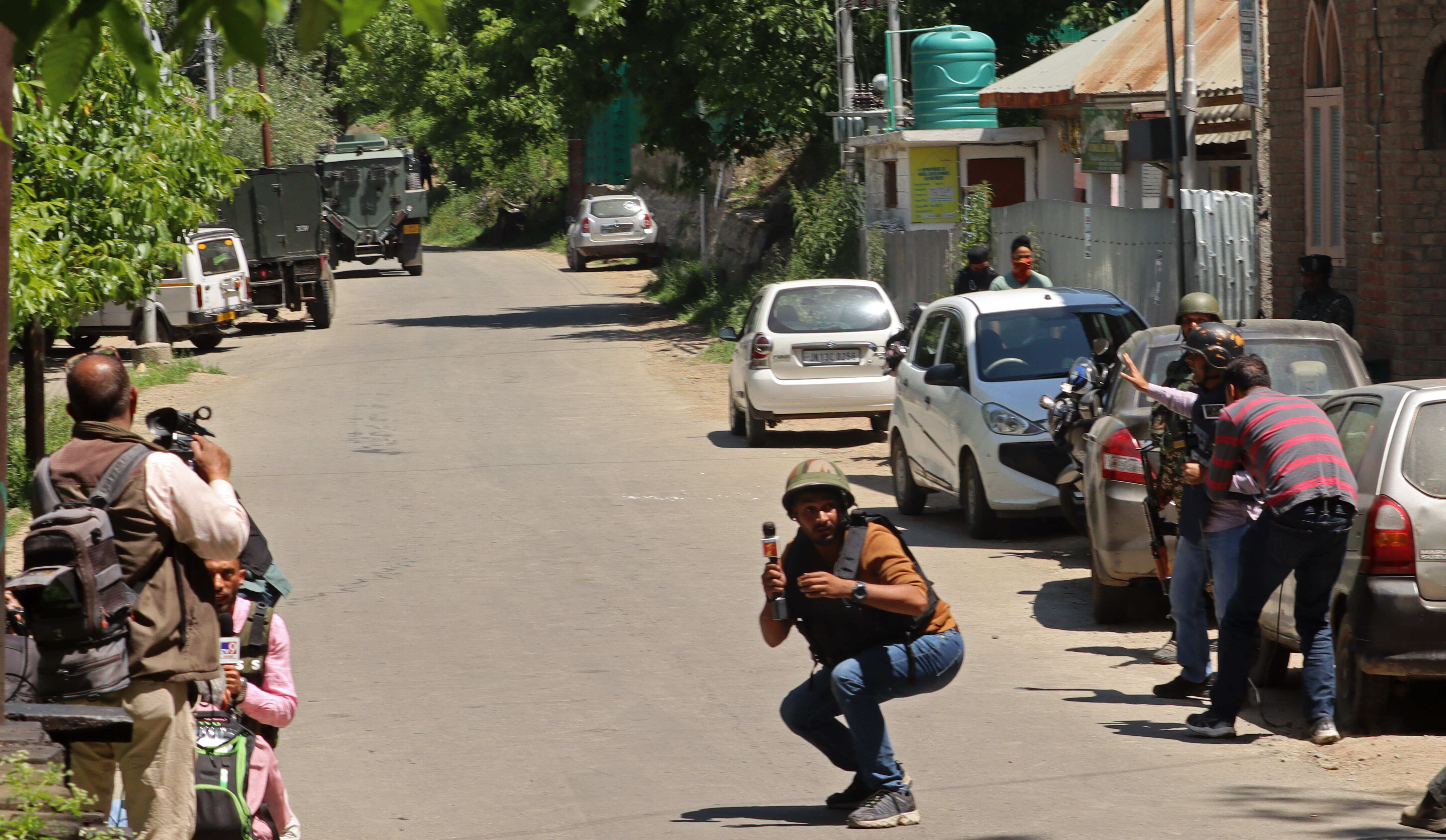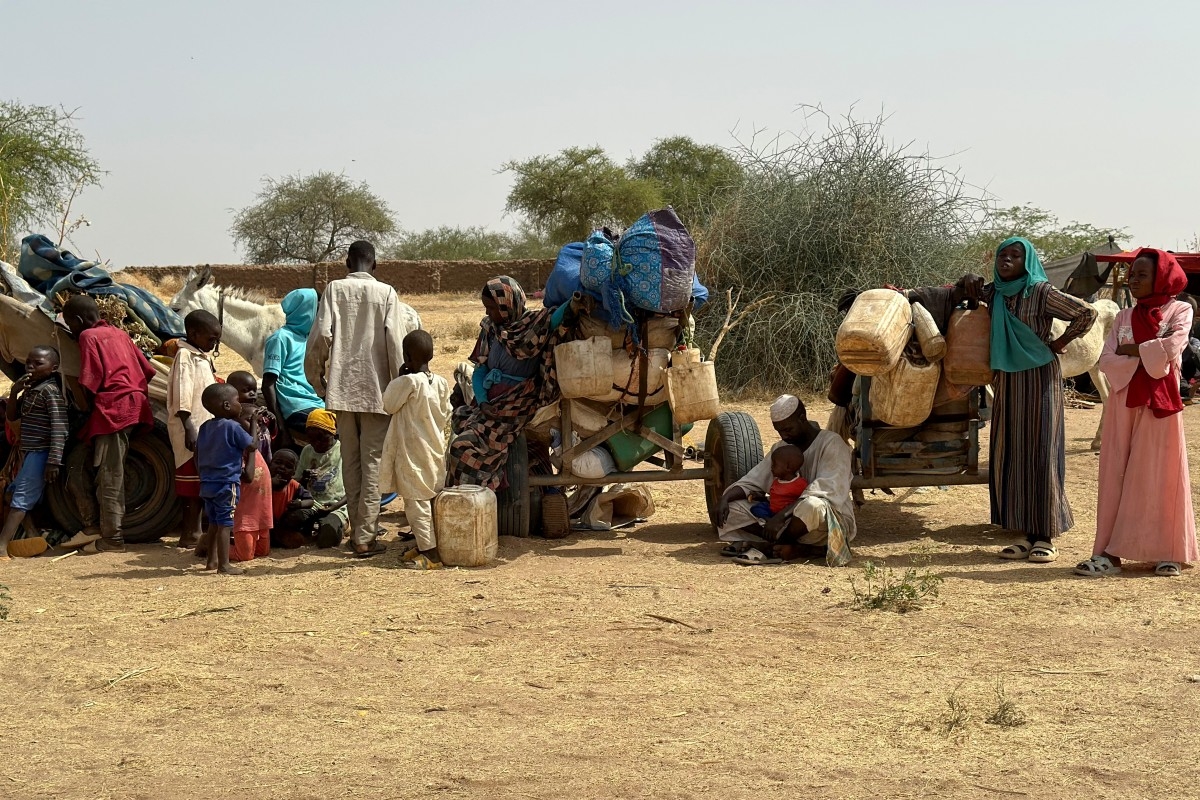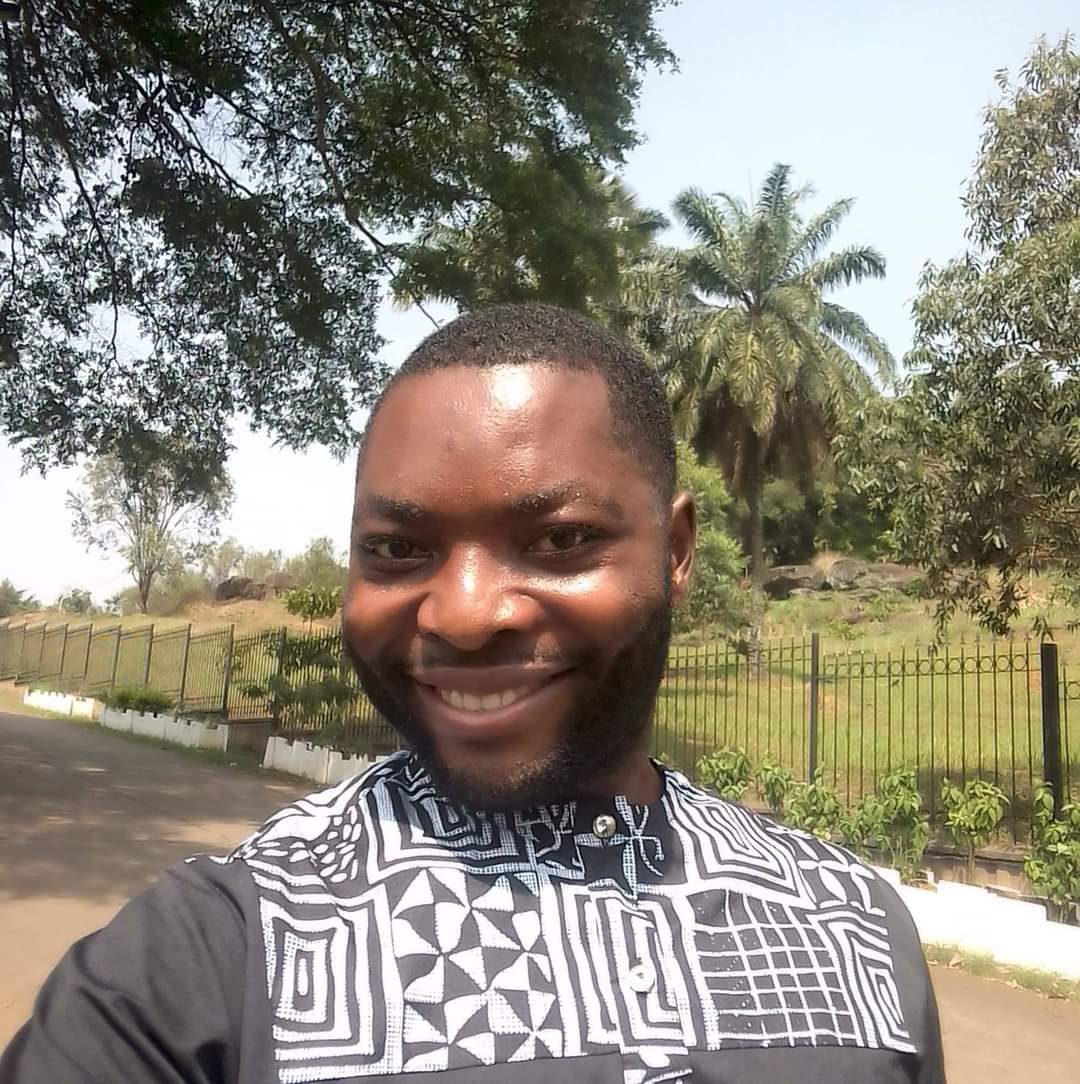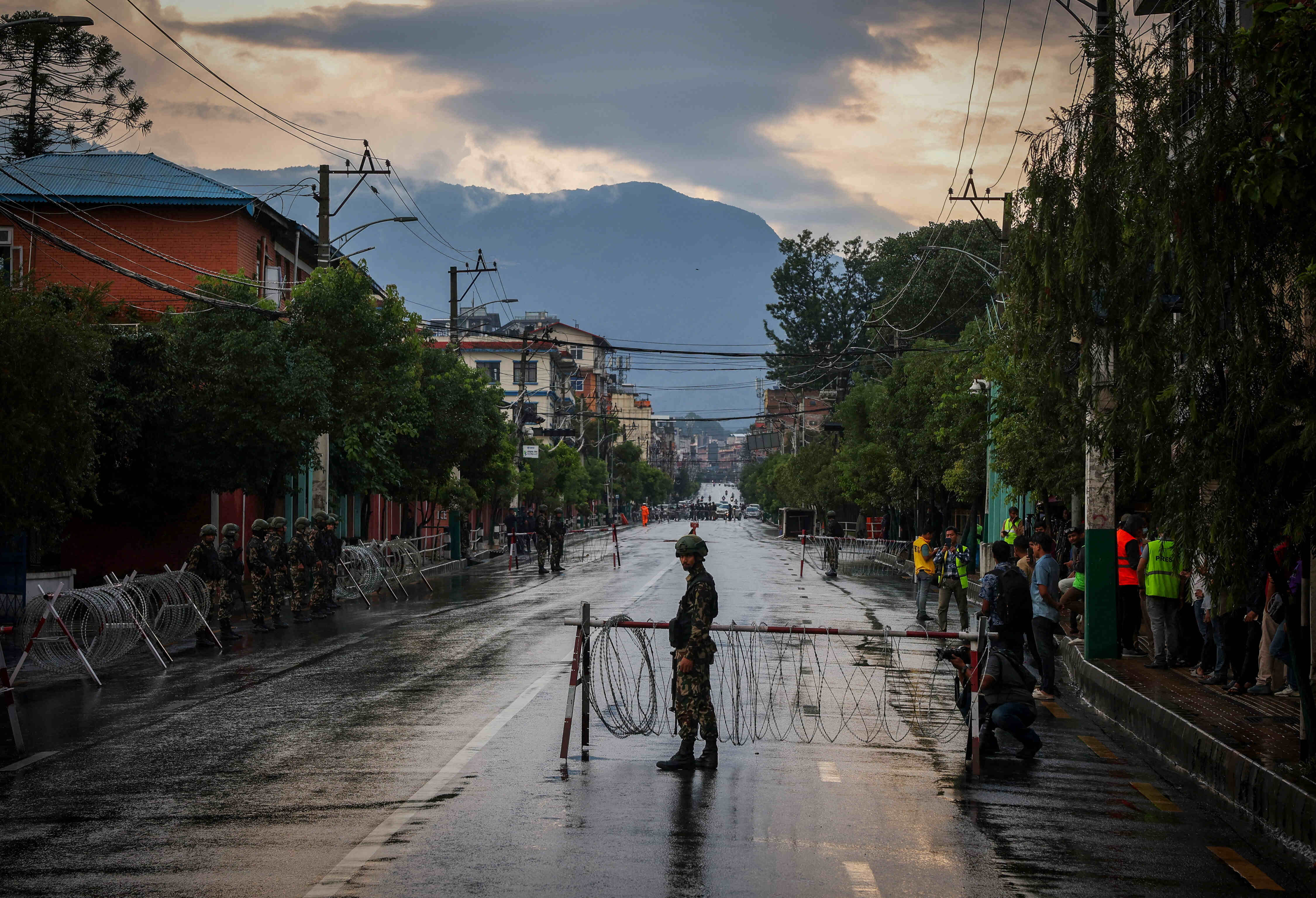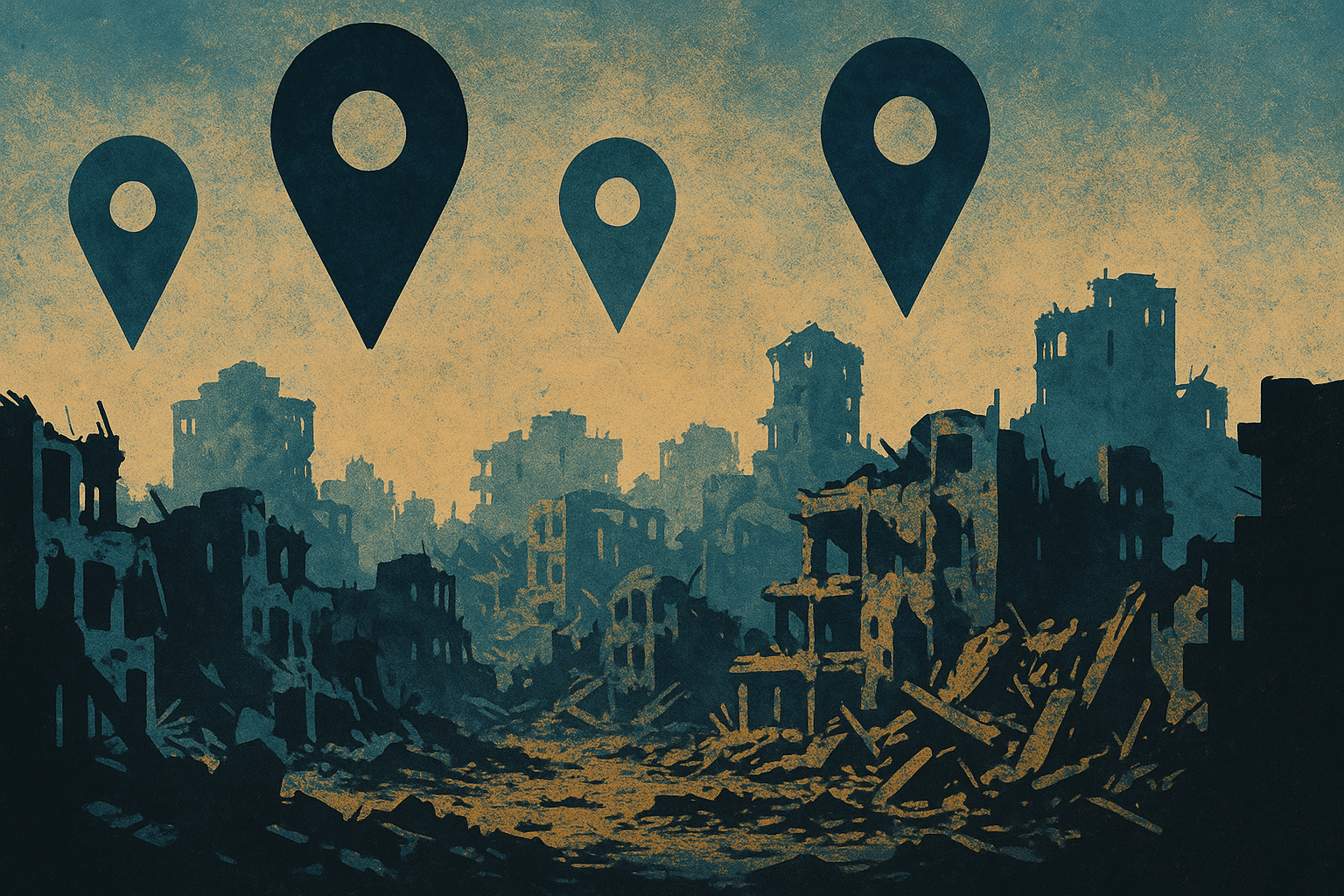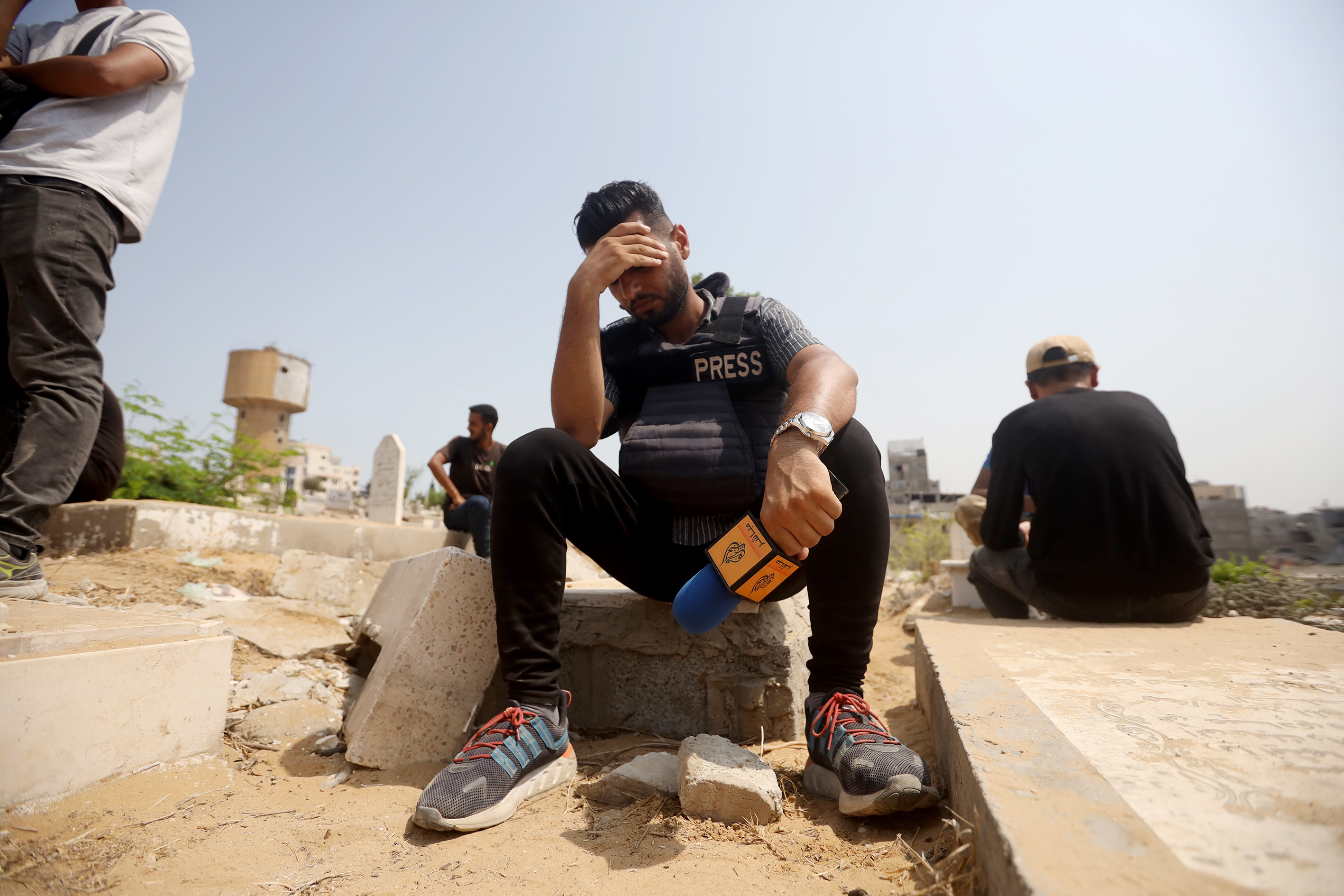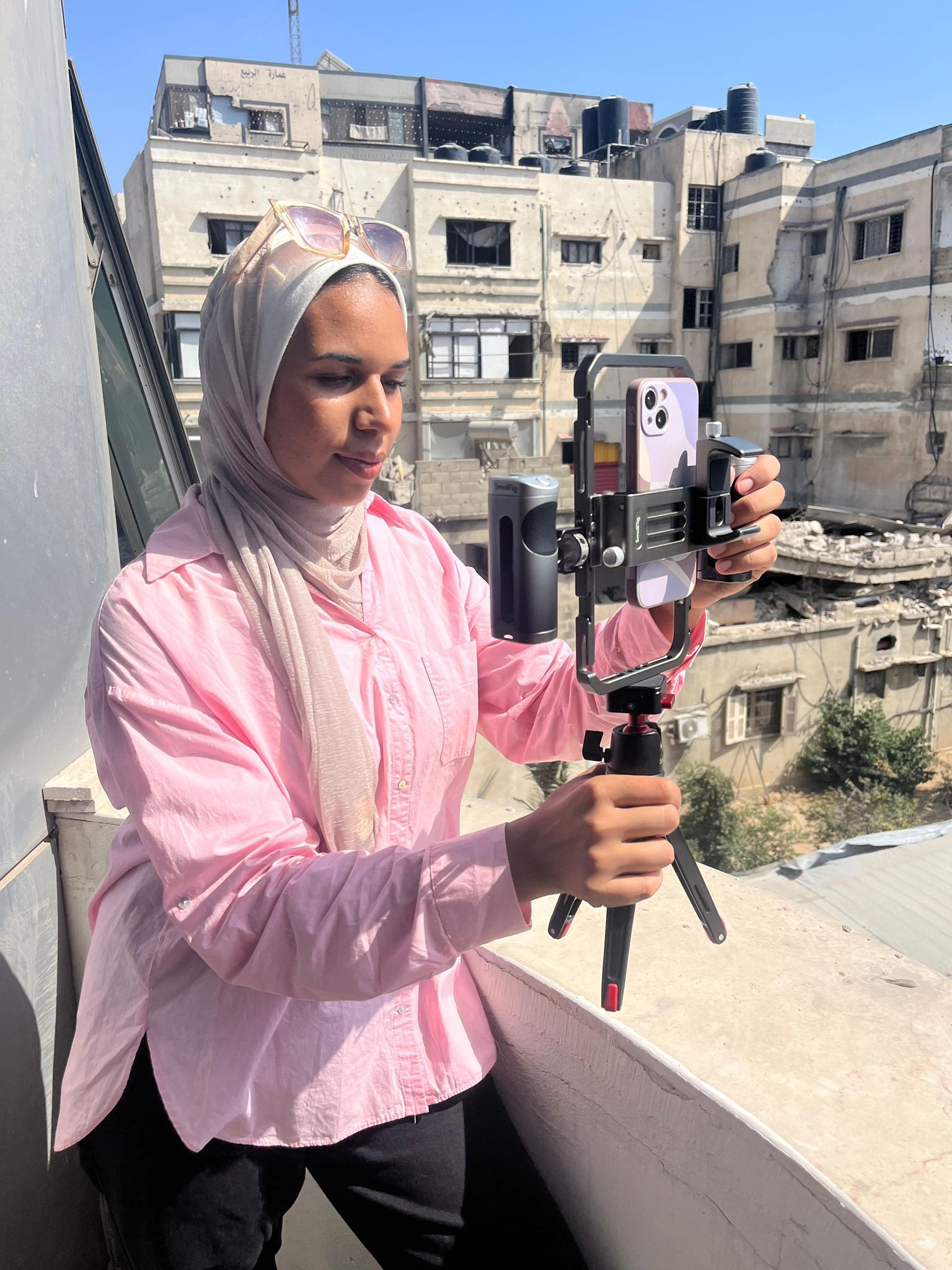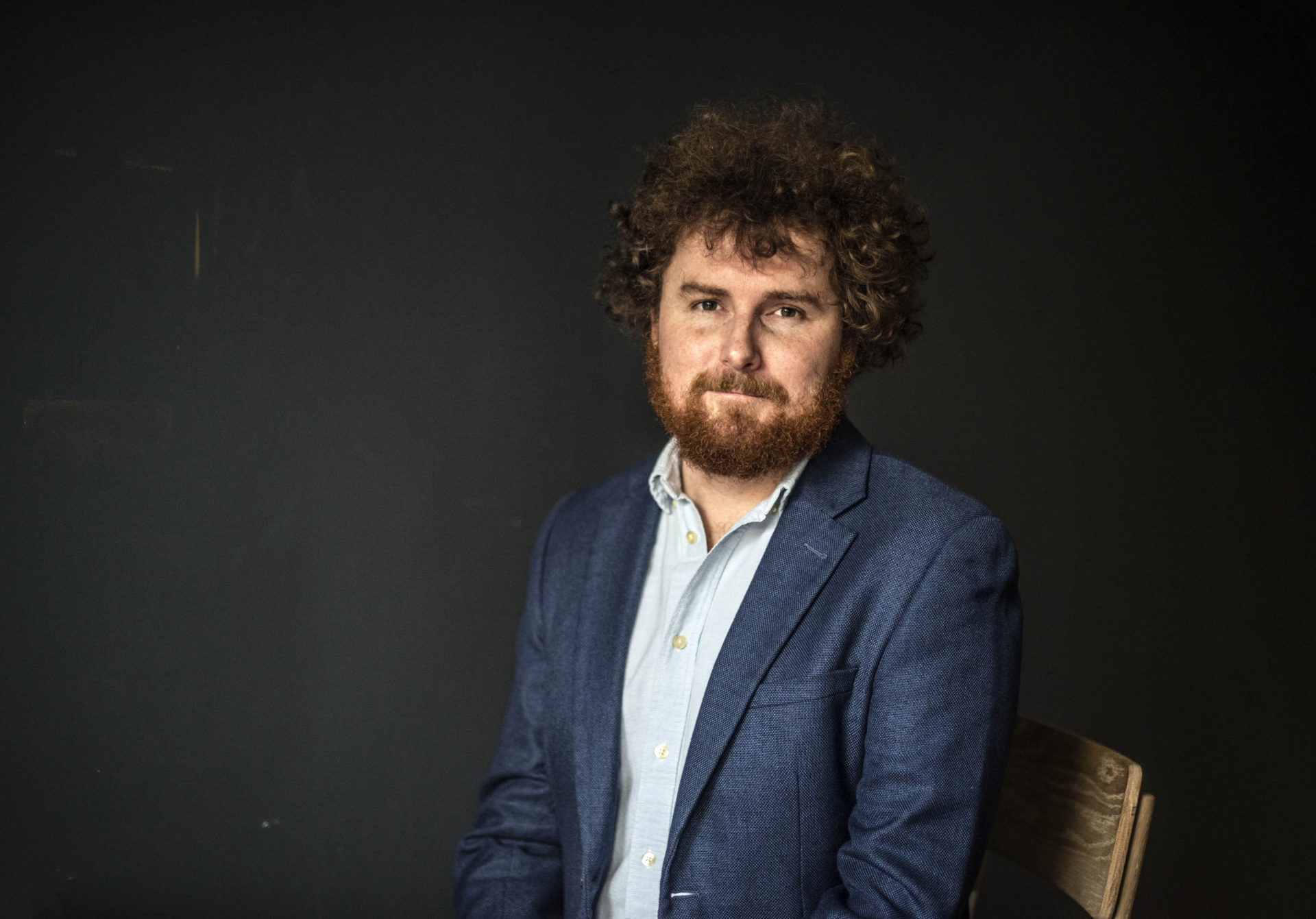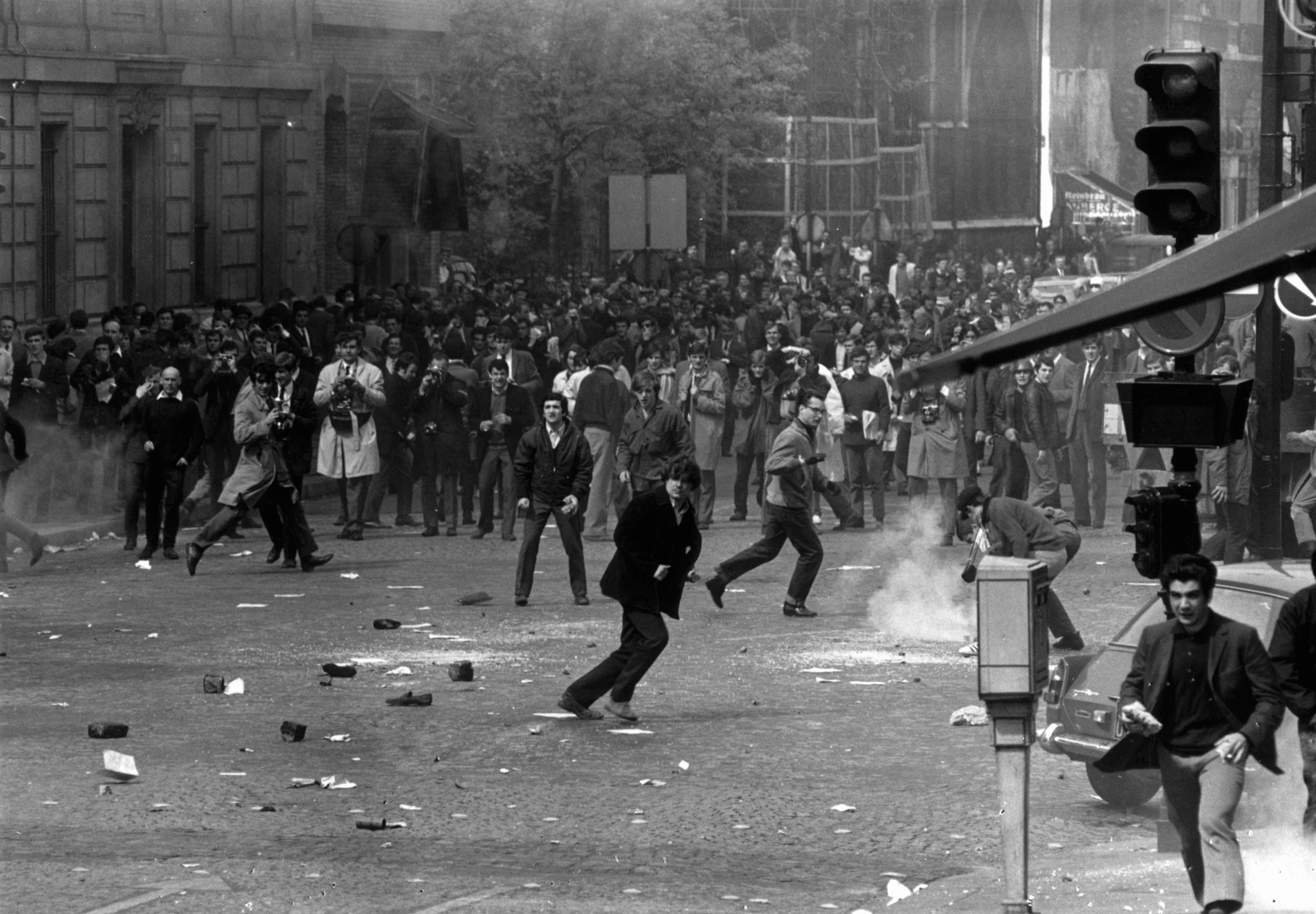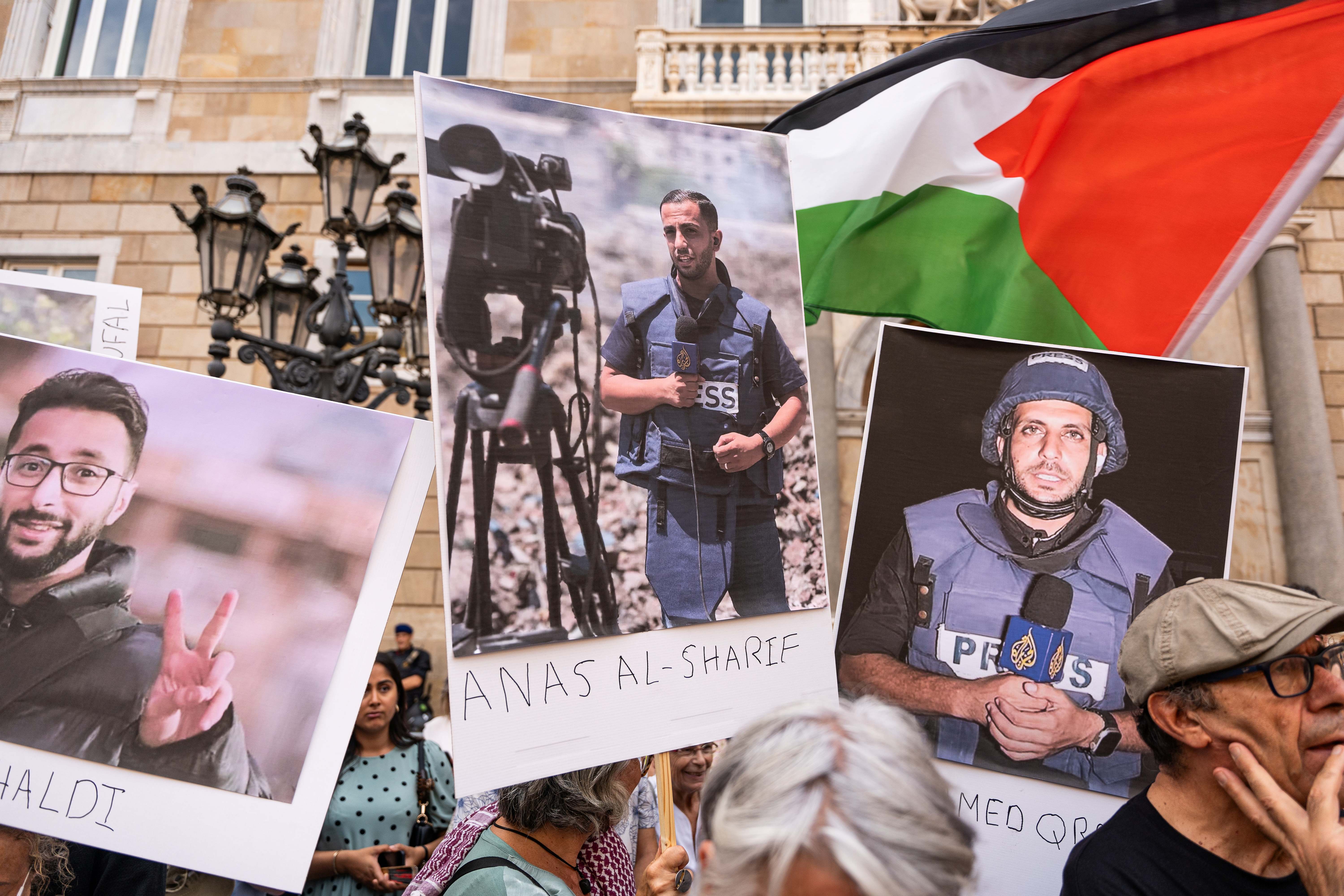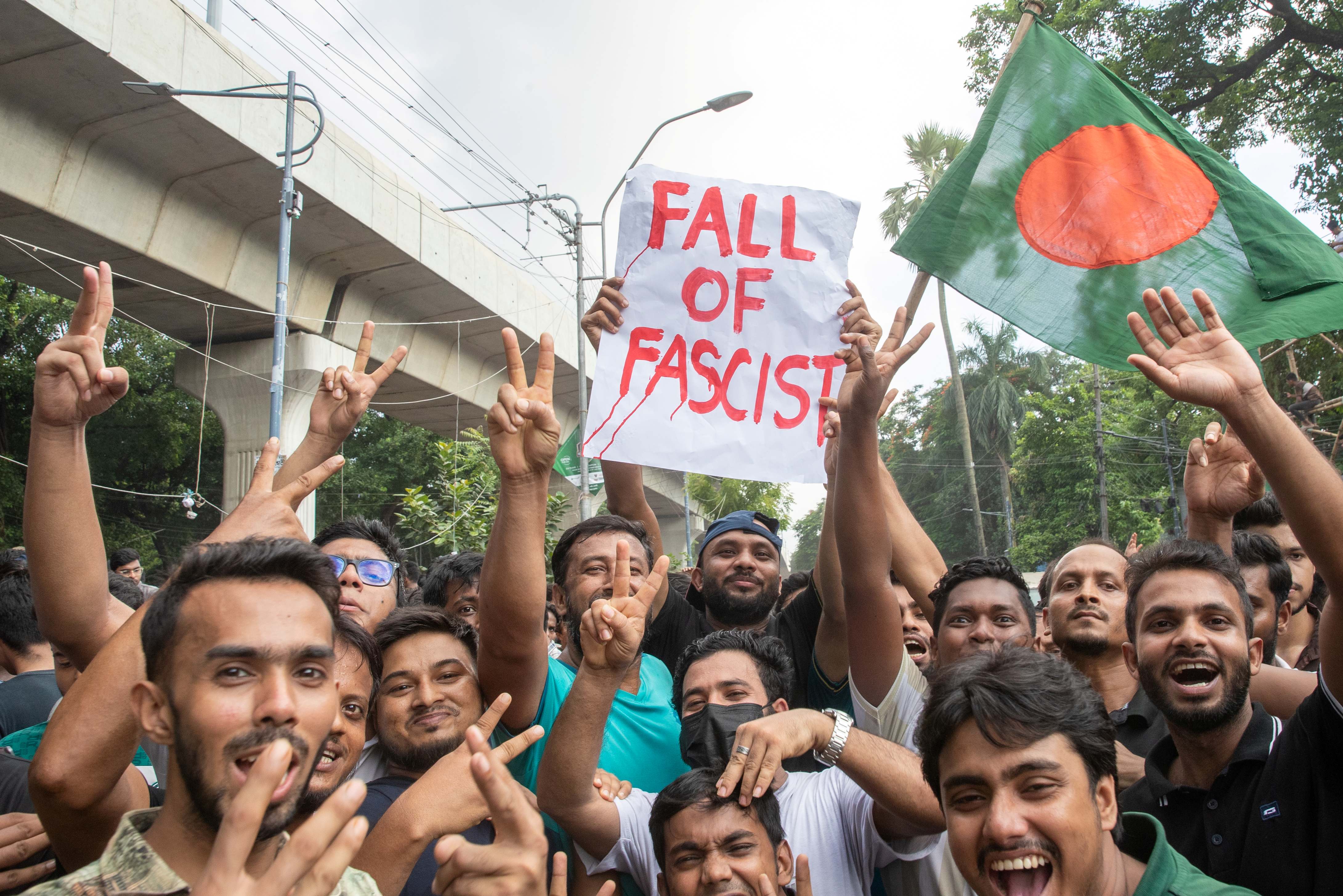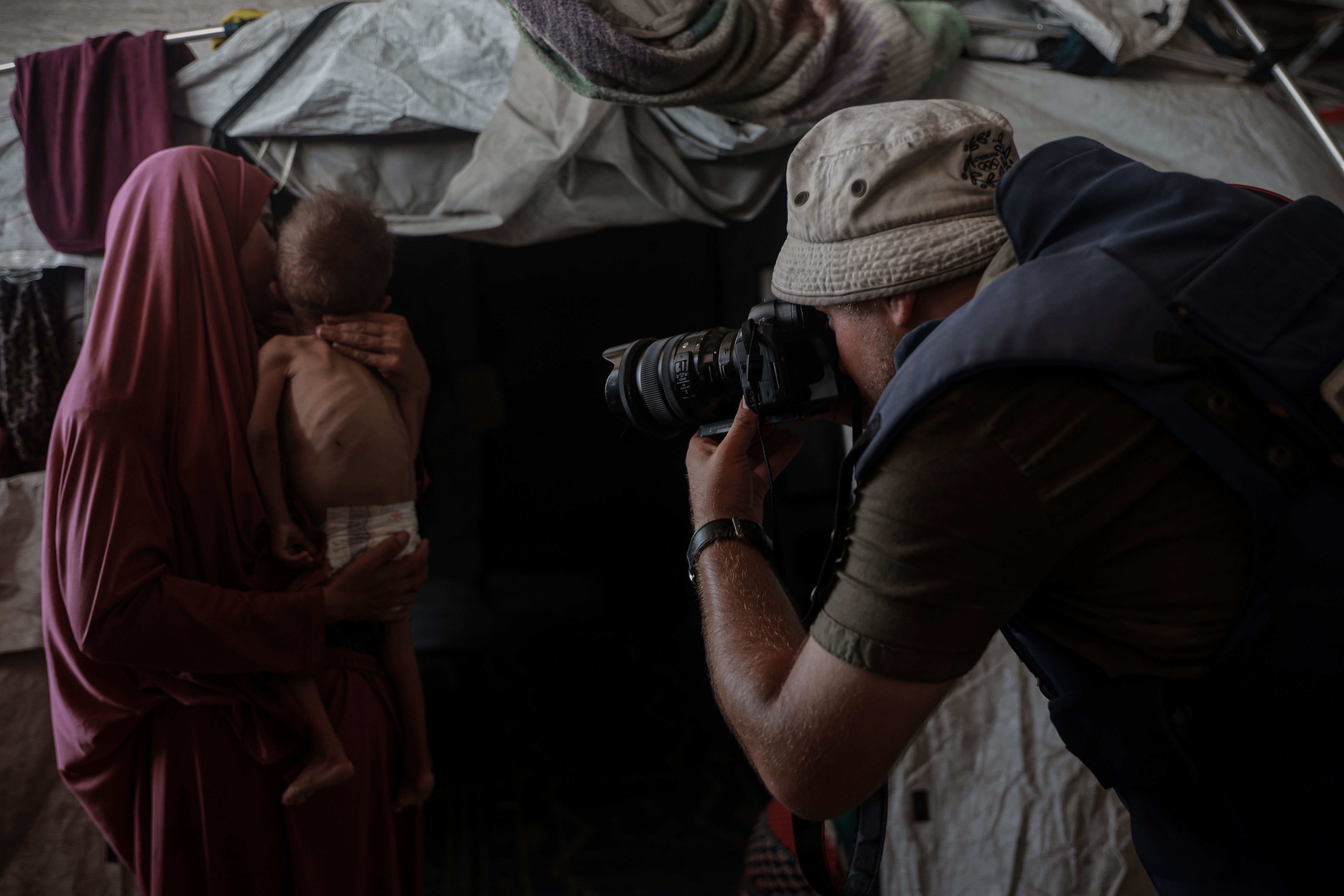This article was originally written in Arabic and translated into English using AI tools, followed by editorial revisions to ensure clarity and accuracy
Western media coverage of the war on Gaza does not stop at bias in what it chooses to publish; it practises a deeper form of bias: bias by omission. Testimonies are excluded, massacres are marginalised, and the narrative is reshaped to serve a single version of events. This analysis explores how “gatekeepers” in Western newsrooms play a direct role in silencing the Palestinian voice and entrenching the Israeli narrative.
On October 9, 2024, The New York Times published a documentary-style opinion piece in which American surgeon Feroz Sidhwa — who had just returned from Gaza — conveyed the testimonies of 65 of his colleagues, including doctors, nurses, and paramedics, about the horrors they witnessed in Gaza’s hospitals during the war. At the outset of the piece, published in the newspaper’s Opinion section, the doctor recounted how he could hardly believe what he saw as he treated victims at the European Hospital in Khan Yunis, especially the large number of children with direct head injuries.
The article presented the testimonies of these healthcare workers from Gaza, categorising them into six sections, each covering a specific aspect of the atrocities they witnessed.
The article’s author and the paper itself came under a systematic smear campaign by Israeli and pro-Israel American accounts and figures, who accused the contributors of fabricating testimonies and doctoring the accompanying photos. The wave of scepticism escalated to the point that The New York Times was forced, a week later, to release a statement affirming that all information in the piece had undergone rigorous fact-checking and verification and that the testimonies were provided by doctors, nurses, and paramedics who had indeed volunteered in Gaza, and whose accounts matched facts documented by other independent parties and organisations operating in Gaza. “We stand fully by the accuracy of the article and the research it relied upon. Any claim that the photos it contained were fabricated is simply unfounded.”
One striking statistic tracking opinion pieces about Palestine in the paper between 1970 and the end of 2019 shows that Palestinian voices accounted for only 1.8% of the total 2,490 published op-eds. Another academic study using AI techniques found that 90% of the 33,000 New York Times articles related to the First and Second Intifadas focused on the Israeli narrative.
Dr Sidhwa’s piece was merely a rare and cautious exception in The New York Times, which has consistently given Palestinian or pro-Palestinian voices only a tiny share of its opinion columns, compared to the vast space afforded to voices supportive of Israel or defending it — not only in this war but throughout all previous Israeli wars and escalations in Gaza and the West Bank. One striking statistic tracking opinion pieces about Palestine in the paper between 1970 and the end of 2019 shows that Palestinian voices accounted for only 1.8% of the total 2,490 published op-eds. Another academic investigation using AI techniques found that 90% of the 33,000 New York Times pieces related to the First and Second Intifadas focused on the Israeli narrative — a trend that has grown proportionally with each successive war, up to the current conflict.
Marginalising the Palestinian narrative is the norm in Western media coverage, even when it comes to blatant crimes under international law and humanitarian norms, such as targeting hospitals or press institutions and their staff. In this context, The New York Times would go on to publish dozens of articles biased toward the Israeli narrative, particularly regarding hospitals in Gaza, while its editors ignored multiple on-the-ground reports about occupation violations and attacks on civilians — whether in and around hospitals, in displacement camps, or near aid distribution centres recently.
This bias peaked in a report published in June, which openly echoed Israeli claims about tunnels allegedly existing beneath the European Hospital in Khan Yunis, Gaza — claims that were refuted by several independent investigations, including one by the Israeli newspaper Haaretz, which confirmed there was no credible evidence of a tunnel under the hospital. Despite criticism of The New York Times following the report by its embedded reporter with the Israeli army in Gaza, Patrick Kingsley, the paper did not announce any investigation into it, nor did it publish — as it had after Dr Sidhwa’s article — any statement clarifying its editorial stance on a report riddled with fundamental professional flaws, similar to its previous handling of the report on alleged rape and sexual assault by Hamas forces during the October 7 attack.
This bias has taken an even more dangerous turn as the war in Gaza drags on and daily Israeli massacres of Palestinian civilians continue. Major Western and American media outlets, led by The New York Times, have leaned heavily into a form of bias by omission — a “negative bias” — which involves deliberately omitting or downplaying information.
This bias has taken an even more dangerous turn as the war in Gaza drags on and daily Israeli massacres of Palestinian civilians continue. Major Western and American media outlets, led by The New York Times, have leaned heavily into a form of bias by omission — a “negative bias” — which involves deliberately omitting or downplaying information. While media bias analysis usually focuses on what is published — framing angles, source selection, or word choices — what often goes unexamined is the deliberate omission of stories to serve an editorial agenda.
A long record of editorial omission in American and Western journalism can be traced throughout the October 7 war. One glaring recent example of this bias is how The New York Times ignored the killing of Dr Marwan Sultan, the director of the Indonesian Hospital in Gaza, along with several family members (his wife and five children), who were killed in a direct Israeli strike on his apartment, according to his relatives. Despite the gravity of this crime, which sparked widespread outrage and was covered extensively by other media outlets, the newspaper completely dropped the story from its coverage.
The American paper ignored the killing of Dr. Sultan — widely described as Gaza’s leading physician — on the same day that British and American media outlets (Channel 4 in the UK and the American outlet Zeteo) aired a documentary exposing Israel’s systematic targeting of medical teams in Gaza during this war. The BBC had declined to air the film, just as it had weeks earlier when it pulled a film showing parts of the suffering of Gaza’s children during this war — an apparent editorial choice to use omission and neglect as systematic tools for bias in favour of the Israeli narrative and its defence.
Media scholar and researcher Sawsan Zayda notes that this type of editorial bias through omission and selection is described in media literature as “gatekeeping”. It refers to a fundamental aspect of newsroom decision-making that sets priorities for which topics and issues deserve coverage and which should be ignored or marginalised.
Speaking to Al Jazeera Journalism Review, Zayda explained that this practice determines which perspectives align with a media outlet’s editorial line while excluding others — which requires emphasising certain stories and obscuring others.
While any media coverage is inevitably shaped by internal editorial agendas and the interests of newsroom managers — or by external political or economic pressures — there are nonetheless professional and ethical limits to this practice, especially when it affects coverage of clear violations such as Israeli occupation crimes in Palestine and when the goal is to obscure or justify them, according to Zayda.
Zayda stressed that how this “gatekeeping” practice is viewed depends on the nature of the outlet using it — whether it is a local media outlet with clear political or partisan leanings or a major outlet that shapes the national or even global news agenda, such as mainstream Western media giants like The New York Times, CNN, The Washington Post, and others.
The New York Times ignored the targeting of Dr Sultan — widely described as Gaza’s leading physician — on the same day that British and American media aired a documentary exposing Israel’s systematic targeting of medical staff in Gaza during this war. The BBC had previously refused to broadcast the film, just as it did weeks before when it pulled a documentary depicting part of the suffering of Gaza’s children in this war.
In this context, Palestinian historian Rashid Khalidi observes that the dominant media’s coverage of Israel’s war on Gaza and Palestine has always been incomplete and distorted — not just biased, but lacking basic professional and ethical foundations. The “gatekeepers” in these outlets produce coverage that is “stripped of memory, history, and facts”, as he puts it — omitting critical details that would condemn the occupation while co-opting others to serve its narrative.
Thus, as Khalidi described in his interview with The Drift magazine, these media outlets become “mere mouthpieces for the U.S. administration and its Israeli ally, transforming their coverage into traditional war propaganda.” The problem is not only the direct bias in published coverage or how it is analysed — but also in the narrative structure itself, evident in what is left unsaid and what is excluded to serve the interests of power and dominance rather than truth, professional standards, and ethics.

